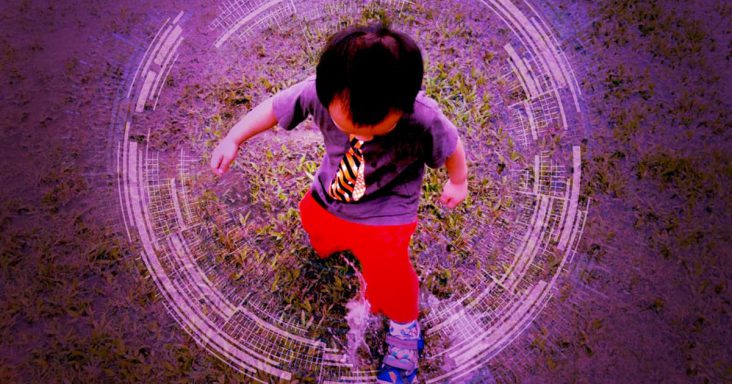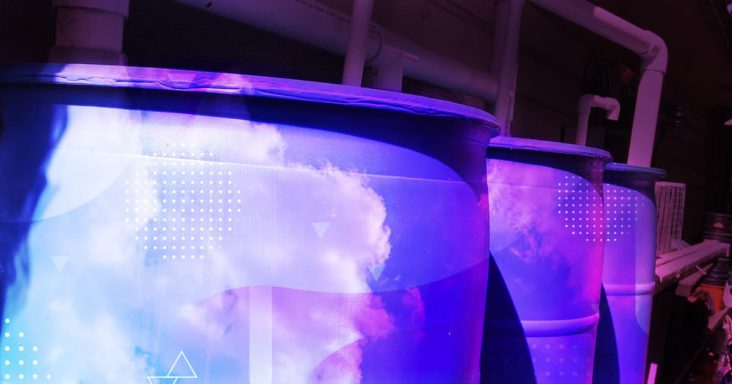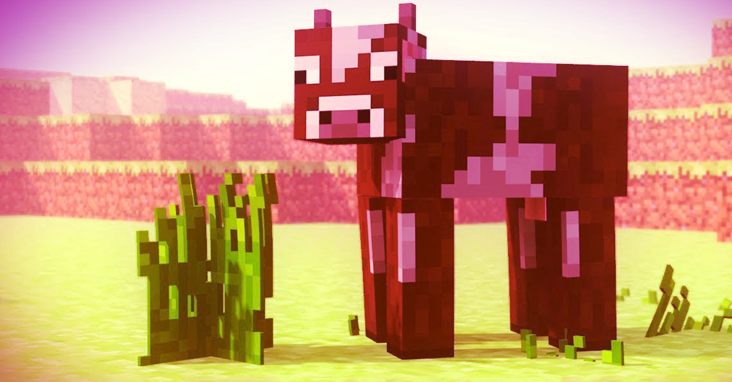Establishing the Challenge
Identify a Challenge
Eutrophication is a big word that describes a big problem in our world’s estuaries. Harmful algal blooms, dead zones, and fish kills are a result of eutrophication. Nitrogen and phosphorous are the culprits that come from runoff sources like fertilizer, untreated wastewater, and atmospheric fallout from burning fossil fuels. This problem should matter to you whether you live near an ocean or not because the problem starts where you live and ends in resources we all use and enjoy. In this challenge, students will learn about protection of marine resources through home practices, agricultural practices, and waste management practices. We all play a part in ensuring a thriving planet which includes ensuring water quality for generations to come.
Eutrophic events have increased because of the rapid rise in intense agricultural practices, industrial practices, and population growth. These three processes emit large amounts of nitrogen and phosphorus in runoff which cause dead zones also known as hypoxic zones. These are areas that are so deprived of oxygen that aquatic life can no longer survive.
Different areas of the world emit different levels of these nutrients. The United States, along with nations in the European Union, use animal manure and commercial fertilizers in agriculture and are the main contributors to eutrophication. Runoff from larger agricultural fields enters creeks and bays because of rain, snow melt, or irrigation practices. In the developing countries of Latin America, Africa, and Asia, untreated wastewater from sewage and industry are the main contributors to eutrophication. Land development through urbanization such as pavement, rooftops, roads, etc. also increases surface runoff as the water cannot seep through these impervious surfaces. Urban runoff carries with it many pollutants such as petroleum, sediment, and fertilizers. Atmospheric sources of nitrogen also contribute to eutrophication.
Eutrophication has severe environmental impacts on ecosystems and poses major problems for all living things. Reducing eutrophication, while also maintaining natural runoff, is an important component to ensuring a sustainable future.
Challenge Question
How can we improve the quality of our runoff and, in turn, reduce dead zones in our water resources?
This solution must address the following needs
- Address dead zone concerns through industrial, agricultural, or population growth
- Reduce amounts or sizes of dead zones
- Reduce contaminated runoff
- Ways we can improve the quality of our runoff
- Trade-offs of using eco-friendly practices as it relates to runoff
- Economic, environmental, and societal needs
Success will be determined by
- Producing and sharing a presentation of knowledge gained
- Production of a model solution for higher-quality water runoff or the reduction of highly-polluted runoff
















